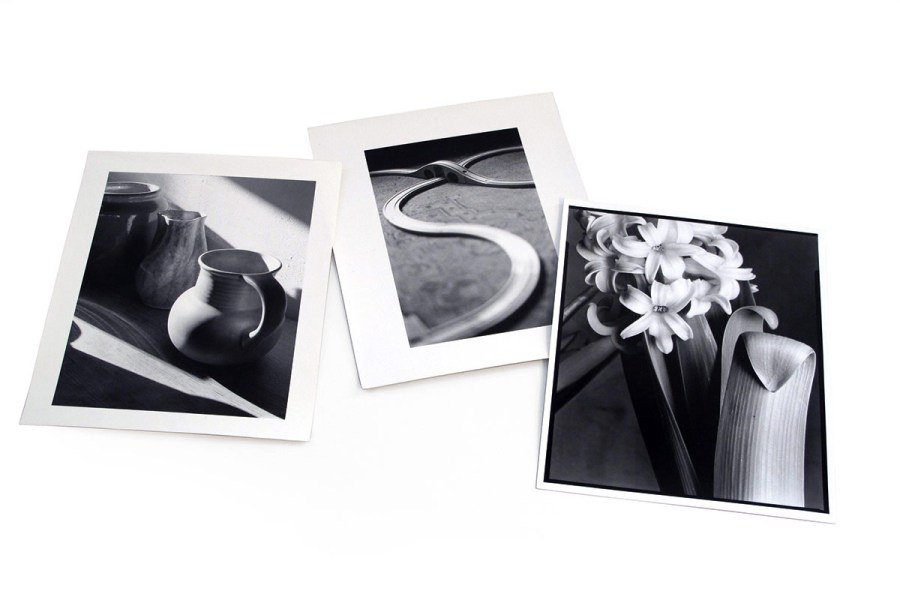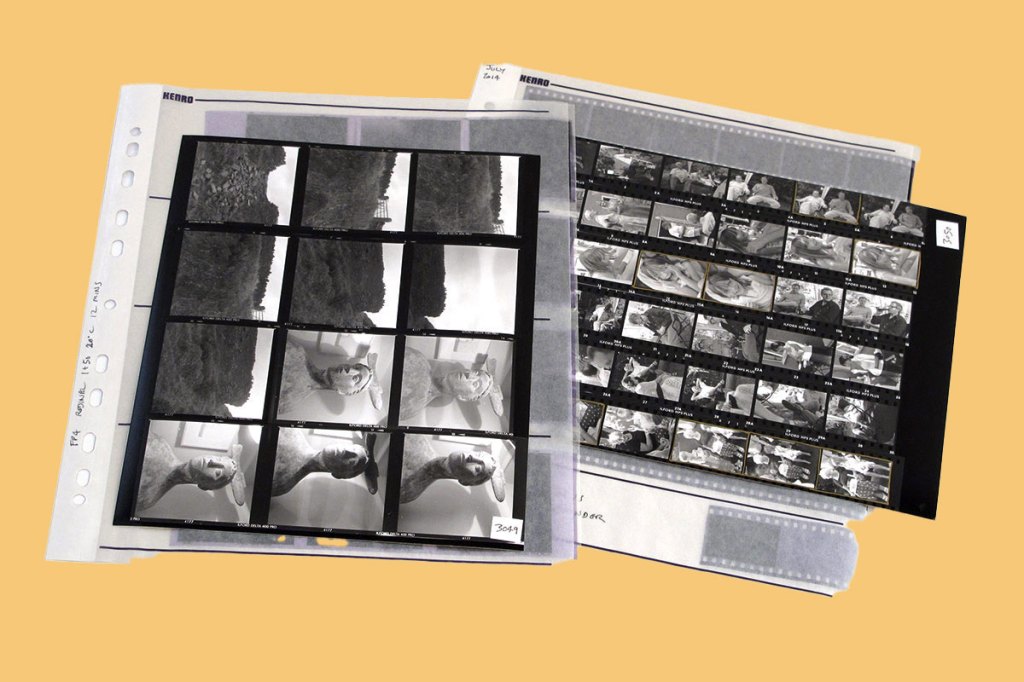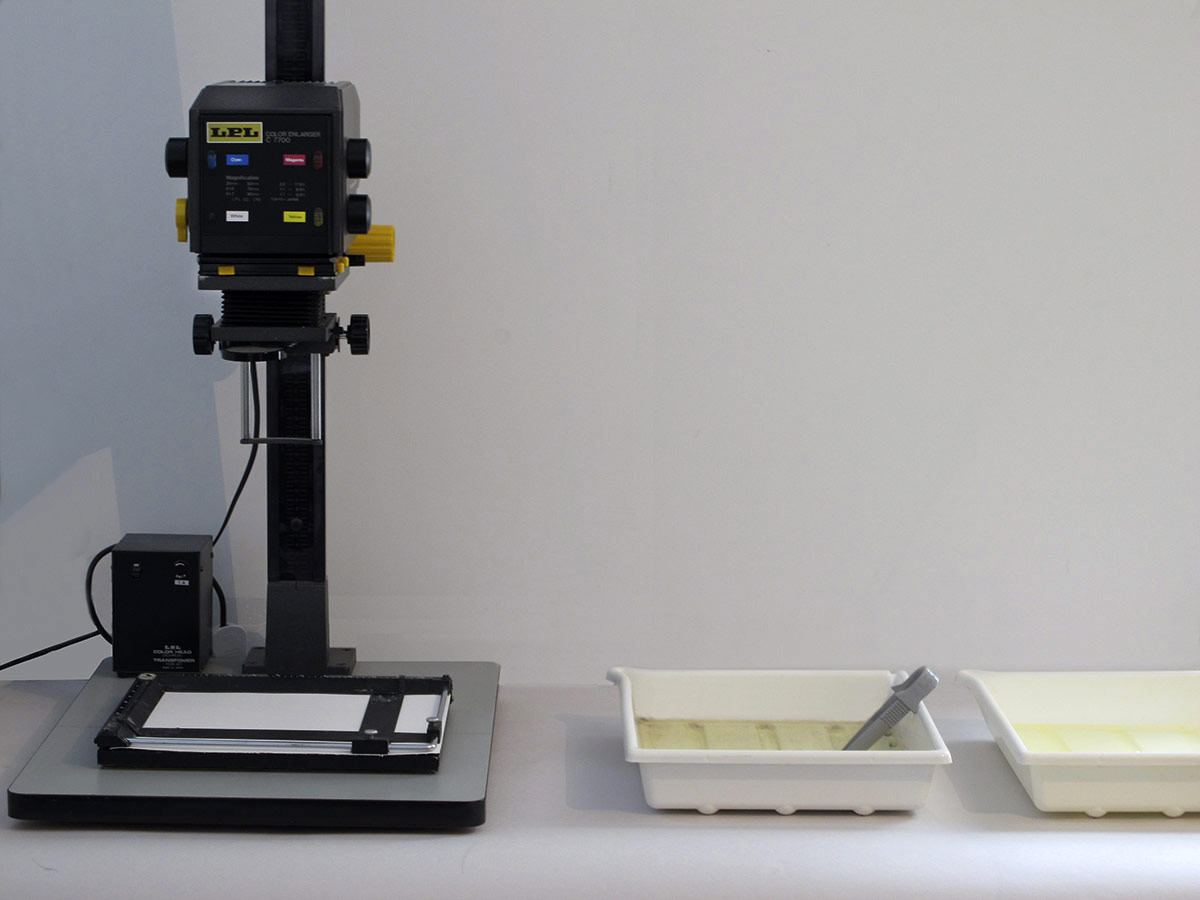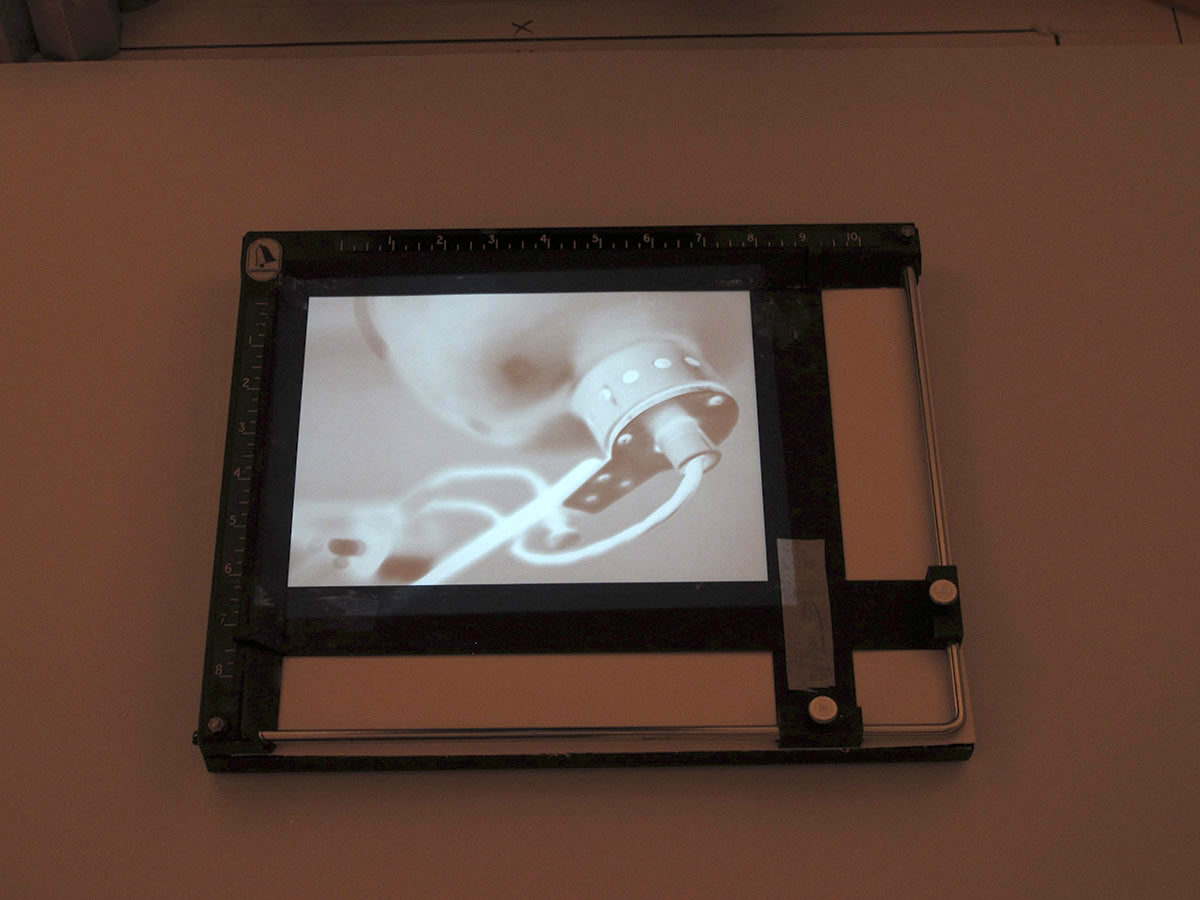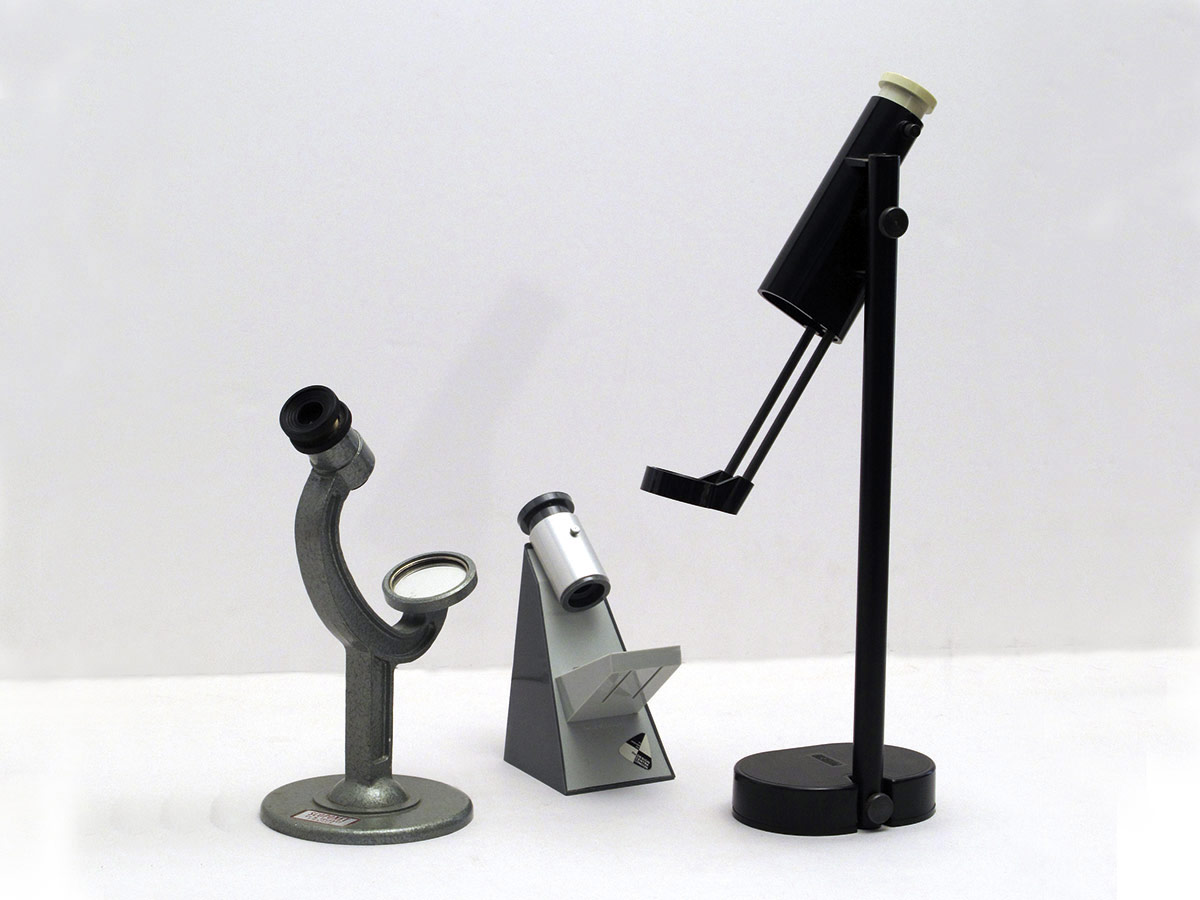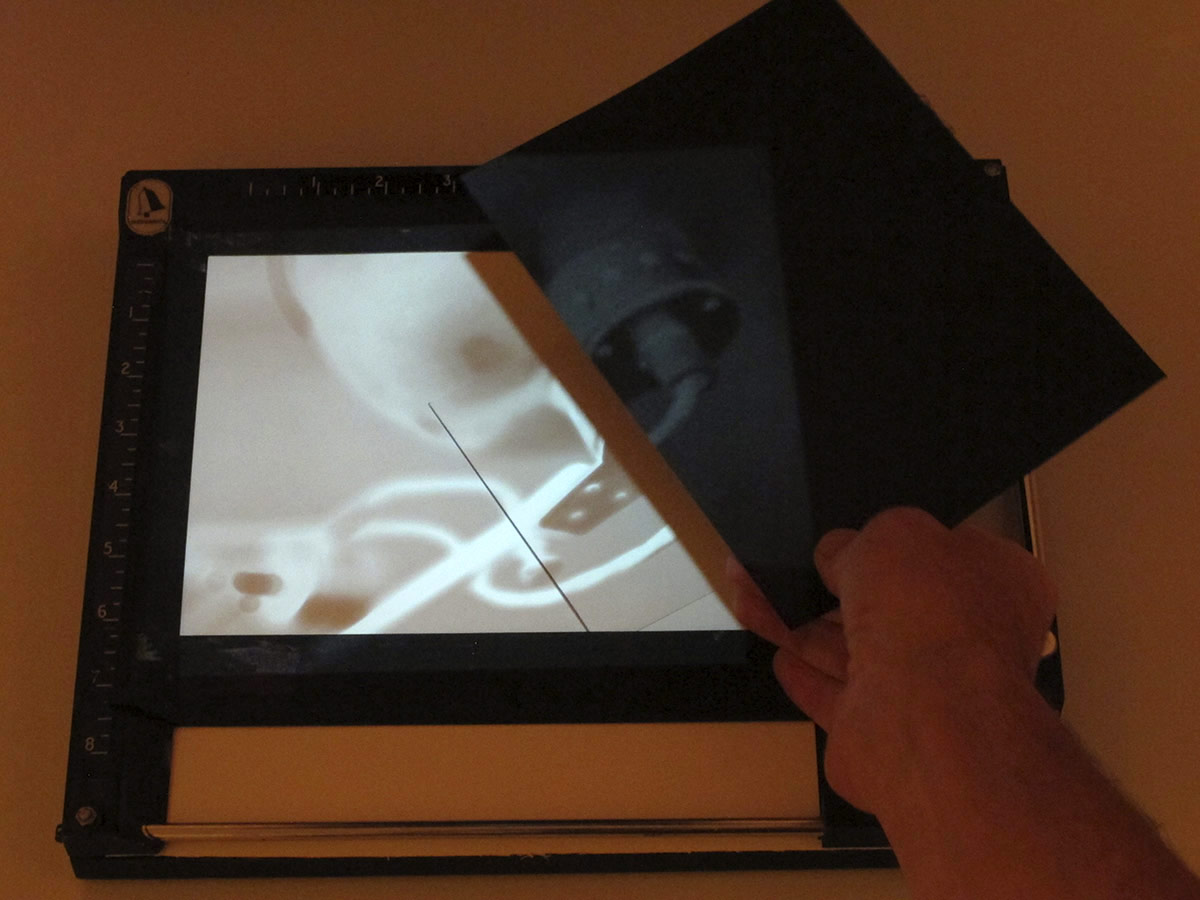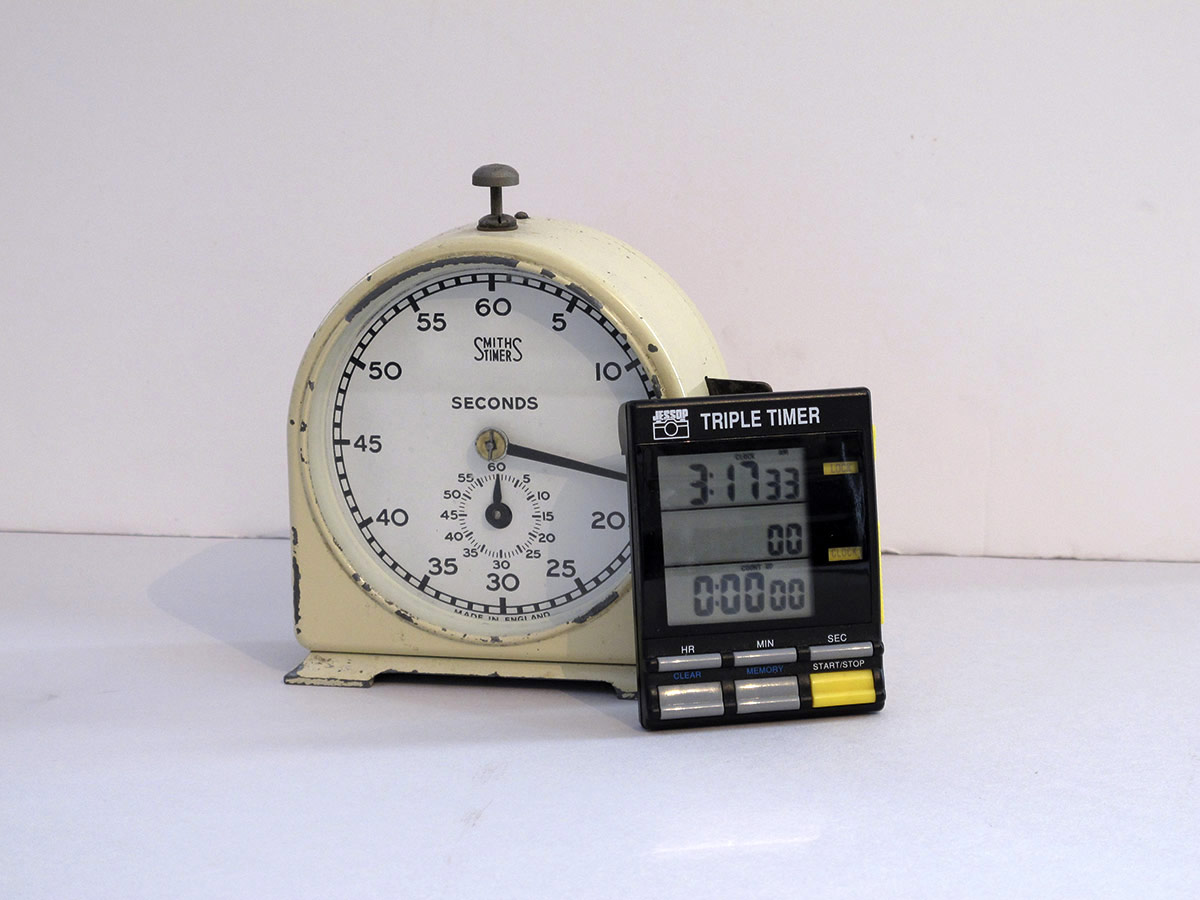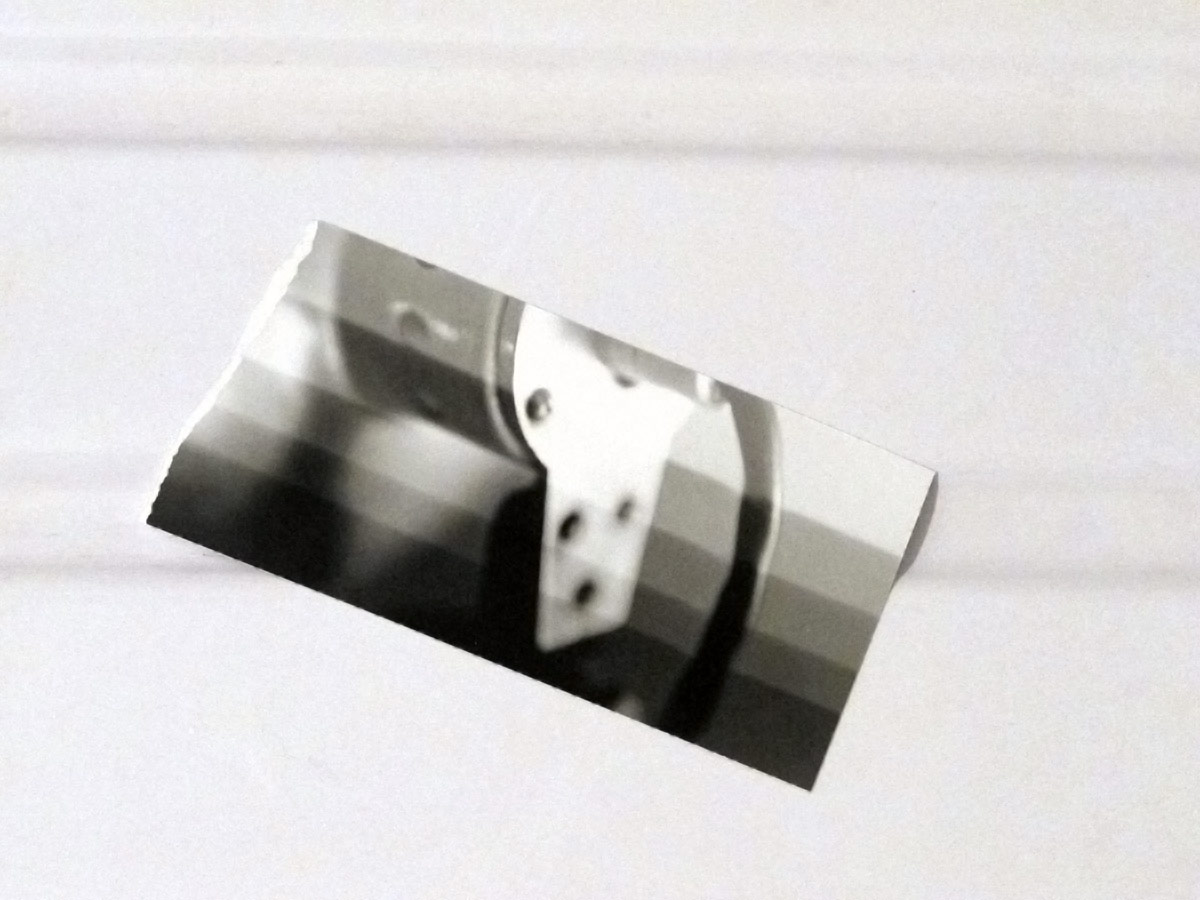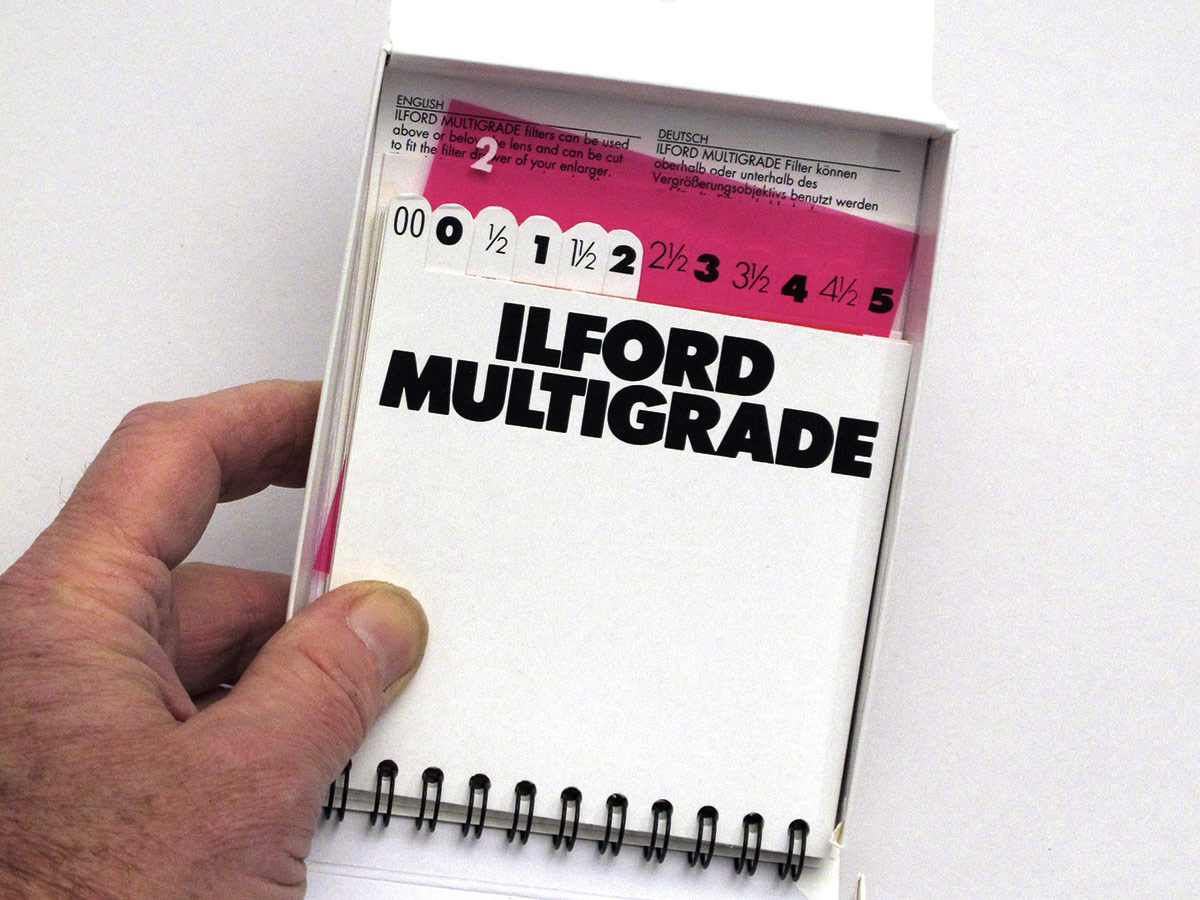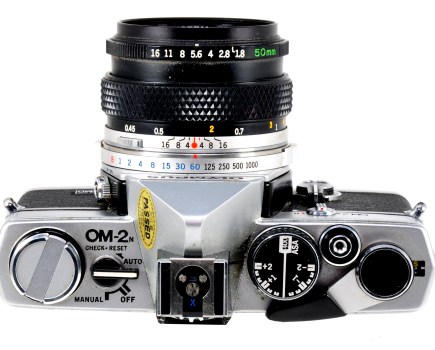The film printing process isn’t as difficult as you might imagine. A makeshift darkroom can be set up in a bedroom, cellar, attic, shed, end of a garage – even under the stairs! All that is needed is an enlarger, three trays, a power socket and a red light. The stop and fix you used to process your film can be used for printing, but a different developer is needed for the paper.
The developer can be any standard paper developer, and might come as a powder or a liquid concentrate mixed to the correct strength before use. Many manufacturers offer darkroom paper, but the brand I recommend you buy first is Ilford Multigrade RC (resin-coated) paper, with either a glossy or pearl surface.
The hardware for printing is easy to acquire. Second-hand darkroom gear is ridiculously cheap and sometimes even available for free. Ask at your local camera club if anyone has any old equipment looking for a home. Remember that you will need plastic trays for the chemicals, and flasks/measuring jugs to mix up solutions. You will also need a set of Multigrade filters for altering contrast, which are easily found online.
Guide to Darkroom Printing: Equipment Needed
- Enlarger (with 50mm lens if printing 35mm film)
- Red/orange safe light
- 3 trays
- Masking frame
- 2x plastic tongs/tweezers
- Multigrade filters (8.9cm size)
- Multigrade paper (RC type)
- Multigrade paper developer, stop bath and fix (check dilutions before use)
- Plastic bottles to store mixed-up chemicals
- Optional: electronic timer, focus finder
Making a Print: Getting Started
Once you have the equipment and are satisfied that the wiring is safe, set up an area with the enlarger and enough space for three 10 x 8in trays (roughly 1 metre x 40cm). The developer should be nearest to the enlarger, then the stop bath and then the fix. Beyond that, you could have a big bucket of water to wash your prints in after the printing session.
Before opening your box of paper, remember that it will be ruined by any stray light, being very sensitive to it. You can work with an orange or red light, but I suggest turning this on only after you have ascertained that the room is totally dark. If you leave your printing until the evening, you may be able to cover the windows and cracks of light with a couple of layers of black bin-liner plastic, stuck up with masking tape.
If you can still see across the room with the lights turned off, then it is still too light. Small amounts of stray light make a difference over time. Cover any from digital clocks, LEDs and other electrical equipment, and keep your phone in your pocket.
You will need a power supply for your enlarger and safe light, although a battery-powered red bicycle light can be used at a pinch, so long as it is well away from the paper. Make sure the surface for the enlarger and trays is firm and steady. It’s no use balancing everything on boxes. A wobbly enlarger will give you blurry prints and you don’t want spillages in the dark.
I hope you give it a go, as having actual prints that you created yourself from your own negatives is very rewarding.
Step by Step Guide to Darkroom Printing
1. Using the enlarger
Once the chemicals have been measured out, place the negative in the enlarger carrier with the shiny side upwards and the numbers away from you. Set the enlarger at the correct height to give a projected image big enough for the chosen print size. Each time you alter the height, refocus the image.
2. Positioning
Turn on the enlarger and alter the aperture ring of the lens until the brightest image is projected onto the baseboard. Focus the image on the masking frame. Turn the lens’s aperture ring until you feel two clicks and see a slight darkening of the projected image. This should be two stops darker than the lens’s maximum aperture.
3. Check sharpness
Check for critical sharpness by using a focus finder if you have one; but remember to set it for your own eyesight first. Turn off the enlarger until ready for exposure. Now remove a sheet of paper and cut it up to use as test strips. You should be able to get roughly ten 10 x 5cm pieces from a 10 x 8in sheet.
4. Make a test strip
Place a Grade 2 filter into the enlarger, then place one of your cut pieces of paper on the masking frame. Expose for 5secs. Cover a 1cm strip of the paper with card and expose for another 5 secs. Repeat until the last strip of paper has been exposed. Ensure that you do not move the test paper as you move the card.
5. Developing the image
Place the exposed paper into the tray of developer and gently rock the solution back and forth, trying to get all the paper submerged at the same time. Timing is important – 1min for RC paper; but this will need longer in cold conditions. Avoid poking the paper with tongs as this can leave marks on the image.
6. Stop and fix
Remove the paper from the developer after the allotted time and drain briefly. Slide the paper into the stop bath and gently rock the stop bath tray for 10secs. It’s called a “stop” because in this tray the image “stops” developing, literally. Remove, drain and slide it into a tray of fixer – to “fix” the image – gently rocking again (10secs for test strips, 1-2mins for finished prints).
7. Review
Remove the test from the fix and view by white light (make sure your box of unexposed paper is closed). Counting from the lightest end of the test in fives, look for the first exposure that looks correct, and this will be your exposure time for the full print. This method will produce good ‘beginner’ prints.
8. Adjusting contrast
If the print is too high in contrast, replace the Grade 2 filter with a Grade 1 and re-test. If the improvement is only slight, move down to Grade 0 and re-test. However, if the print is grey and flat, replace the Grade 2 filter with a Grade 3 and re-test. If the improvement is only slight, move up another grade to 4 and re-test.
9. Final print
When the correct exposure and contrast grade have been established, place a sheet in the masking frame and expose. Develop and stop as you did for the test, fix for 1min and wash for 5-10mins. Don’t leave prints in water for more than 30mins. Hang the fully washed print up to dry or lay it out on blotting paper.
Guide to Darkroom Printing: Things to Watch Out For
- Be careful how you rock the trays. It’s easy to spill chemicals over the edge, so put plenty of newspaper under the trays in case of splashes.
- Drain off the excess from tests and prints before placing them in the next tray. This prolongs chemical life and reduces waste.
- Use one set of tongs to lift paper out of the developer and another set of tongs for stop and fix. Do not allow tongs to get mixed up, as fix will get into the developer and reduce its effectiveness.
- Always wrap up the paper and put the lid on after taking out what you need.
- Wash your hands each time you get any chemicals on them and don’t handle paper with fix on your fingers.
Guide to Darkroom Printing: Troubleshooting
Having problems? Here are some common issues you may encounter and what causes them:
- Photo paper black after development: Paper has been totally exposed to light
- Photo paper has black edge after development: Paper is partially fogged, so the packet was probably left open
- Paper is white after development: Paper unexposed
- Paper is pink: Print not fixed
- Print turns brown over time: Fix not washed off
- White specks on final print: Dust and dirt on the negative
- White fingerprint marks on finished print: You had fix on your fingers when you handled the paper
Andrew Sanderson is a highly respected photographer, printer and teacher working exclusively with analogue methods and materials. He runs workshops on many techniques. www.andrewsanderson.com
Further reading:
How to check if a film camera works
More on darkroom printing options
Master darkroom toning – dodge and burn

